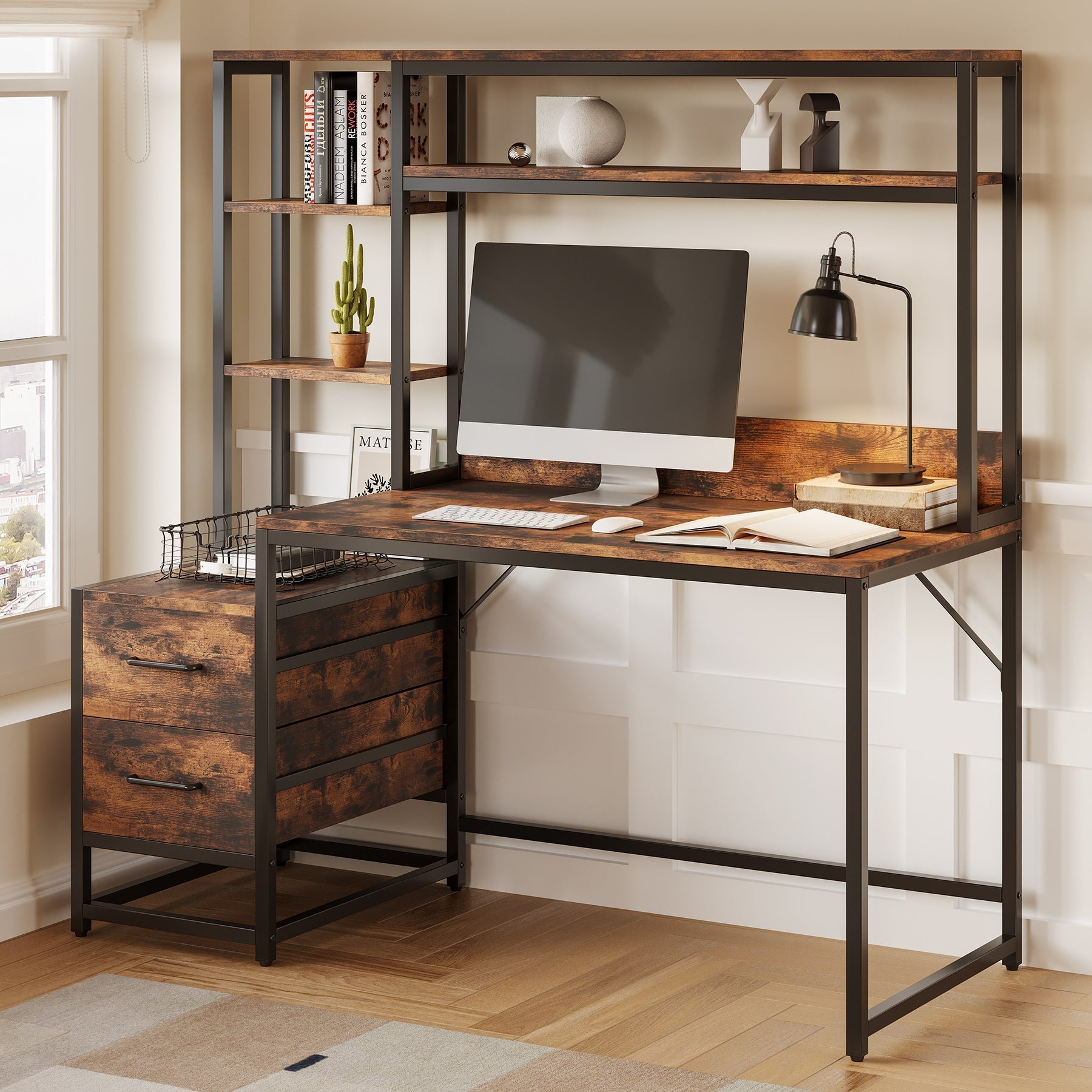Choosing the right desk is more than just picking furniture—it can directly affect your productivity, comfort, and even your well-being. Whether you're setting up a home office, a gaming station, or a minimalist workspace, the two most popular options are corner desks (often L-shaped) and straight desks (rectangular or standard).

In this post, I’ll walk you through both styles based on personal experience and share practical pros and cons to help you decide which one truly fits your lifestyle and space.
Understanding Corner Desks
Corner desks, also known as L-shaped desks, are designed to fit into the corner of a room. They often feature two work surfaces that meet at a 90-degree angle. When I upgraded my setup for remote work, I initially chose a corner desk to make better use of a tight office nook.
These desks are popular for dual-monitor setups and offer distinct zones for computer work and paperwork—or gaming and content creation.
Pros of Corner Desks
- ✅ Efficient Use of Space – One of the biggest advantages I noticed was how well the desk utilized my room’s corner, freeing up more central space. It's a smart layout for small rooms or apartments where every square foot counts.
- ✅ Ample Surface Area – With two connected surfaces, I had enough room for my dual monitors, laptop, notebooks, and even a printer—without feeling cramped.
- ✅ Ergonomic Workflow – Because everything was within arm’s reach, it created a "U-shaped workflow" that reduced the need to stretch or swivel excessively. This layout helped me stay focused and more productive during long work hours.
- ✅ Great for Multi-Tasking – One side for work, the other for hobbies or gaming—corner desks naturally divide your space.
Related Reading: Why choose an L-shaped corner desk?
Cons of Corner Desks
- ❌ Bulky in Appearance – While corner desks save space in theory, some models feel massive and can dominate a room. If you’re going for a minimal or open aesthetic, it may feel too heavy.
- ❌ Less Flexible in Placement – It needs to fit tightly into a corner. That means rearranging the room becomes more complex—especially if you move often or want to experiment with layouts.
- ❌ Assembly Can Be Tricky – From personal experience, building a corner desk took longer and involved more tools than expected. Be prepared to spend some time on it or hire help.
- ❌ Can Accumulate Clutter – With more surface area comes more temptation to let clutter build up. I had to develop a good habit of weekly cleaning.
Understanding Straight Desks
Straight desks are your traditional, rectangular workstations. I switched to one when I moved to a smaller apartment and wanted something lighter, simpler, and more mobile.

These desks are incredibly versatile and can blend in with most room layouts, from bedrooms to shared spaces.
Pros of Straight Desks
- ✅ Clean, Minimalist Look – They take up less visual and physical space, which is perfect for a minimalist or modern setup.
- ✅ Flexible Placement – Against a wall, in the center of a room, or alongside a window—straight desks give you more freedom to change your setup. I found this helpful when experimenting with lighting and background for video calls.
- ✅ Easy to Move or Reconfigure – When I needed to reorganize, I could easily slide the desk to a new spot. Many models are also lightweight and simple to dismantle.
- ✅ Budget-Friendly – There are tons of affordable straight desk options, especially if you're just getting started with a home office.
Cons of Straight Desks
- ❌ Limited Surface Area – When I tried using dual monitors, I quickly ran out of space. You'll need to be strategic with your layout, or consider using monitor arms.
- ❌ Less Support for Specialized Setups – If your work involves drawing tablets, sound equipment, or multiple devices, a straight desk can start to feel cramped fast.
- ❌ Fewer Built-In Storage Options – Many straight desks come with no drawers or shelves, meaning you’ll need to buy extra storage solutions.
Which Desk Is Right for You?
Here’s what to consider when making your decision:
- 🏡 Room Size and Layout – Small room? A straight desk might give you breathing room. Spacious home office? A corner desk makes better use of space.
- 💼 Your Work Habits – Creative or multitasking workflow? Corner desk. Light computer use, writing, or study? Straight desk.
- 🔄 Flexibility Needs – Plan to move or rearrange often? Straight desks are easier to handle.
- 💸 Budget – If you’re on a tight budget, you’ll find more options and lower prices with straight desks.
- 🎨 Style Preferences – Corner desks often look more “officey,” while straight desks lean modern and clean.
Final Thoughts
I’ve used both desk types for extended periods, and here’s my honest take: neither is universally better. Each has its strengths depending on your space, workflow, and personal habits.
If you're still unsure, try sketching out your room to test how each desk would fit. Better yet, visit a furniture showroom and sit at both styles—you’ll be surprised how different they feel in person.
Whichever you choose, make sure it supports not just your tasks—but your comfort, focus, and creativity.
Continue Reading: 11 types of desk that you need to know



